Archaeologists Zahi Hawas & Mark Lehner Refute New Pyramid Research
With a controversial research paper about the Pyramids of Giza circulating, the public finally receives a definitive answer.
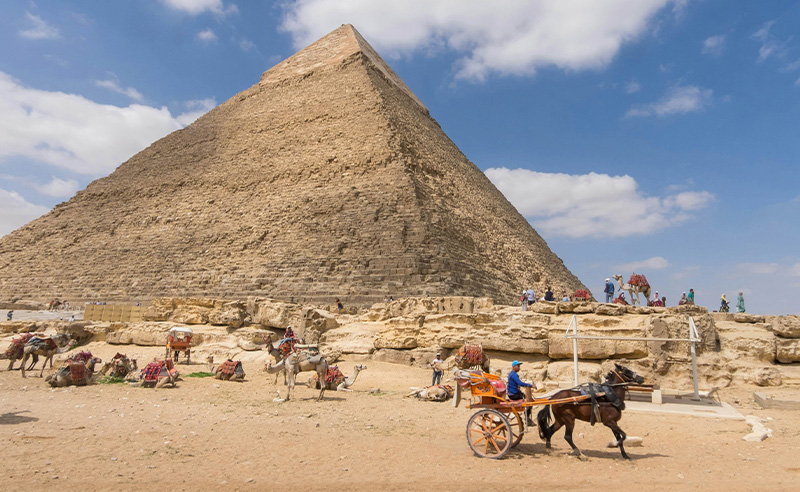
A research paper titled ‘The Egyptian pyramid chain was built along the now abandoned Ahramat Nile Branch’ (Ghoneim et al. 2024) stirred controversy among the archeologists and Egyptologists. While the paper concluded that a now-defunct branch of the Nile was used to build pyramids, experts claimed the research reached these conclusions by stealing other research and using it as their own, and ignoring previous research to make their findings stand out.
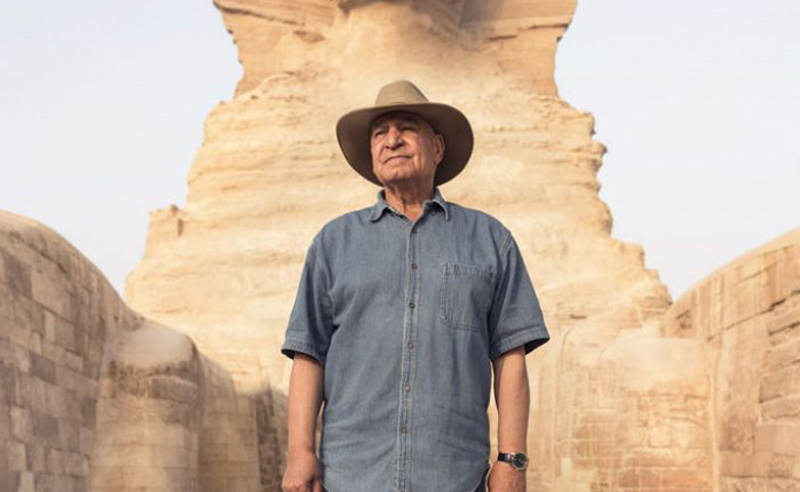
Recently, Egyptologists Zahi Hawas and Mark Lehner have issued a statement responding to some of the major claims and conclusions made throughout the paper. Here are the key points addressing the inaccuracies and redundancies in their work.
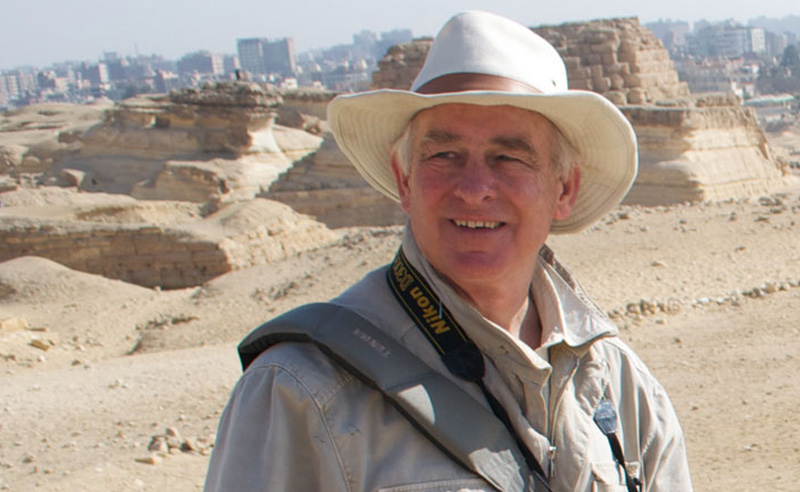
Misstatement on Pyramid Locality: The claim that "no convincing explanation as to why these pyramids are concentrated in this specific locality has been given so far" is incorrect. It is well-documented that the pyramids of the Old and Middle Kingdoms are located west of Memphis, adhering to the ancient Egyptian belief that the west was the direction of the Dead.
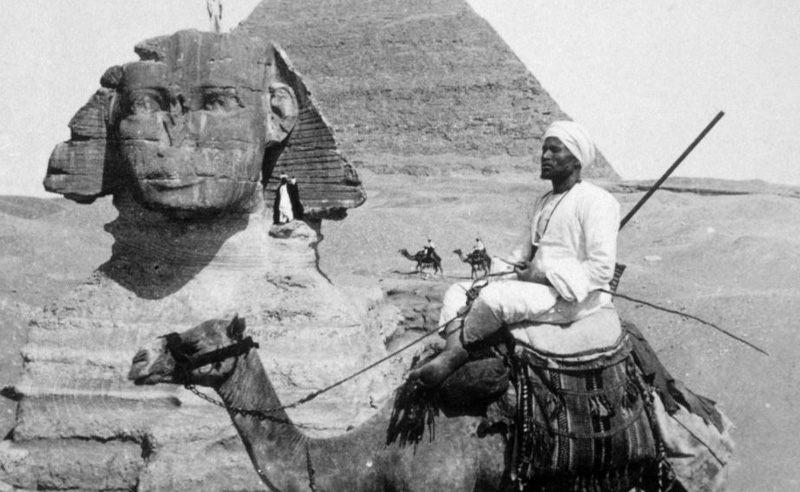
Historical Nile Branch Theory: For over a century, Egyptologists have posited that a western Nile branch or canal, following the Libeini channel, provided access to the pyramids. This idea was notably advanced by French Egyptologist George Goyon in 1971, who identified this branch with the Bahr el-Libeini.

Harbours and Valley Temples: The hypothesis that harbours existed at the ends of pyramid causeways, in front of valley temples, and in natural bays has been extensively explored. Sites such as the Abusir embayment and the Khentkawes basin at Giza are prime examples. These areas were believed to receive Nile water, particularly during the inundation periods.
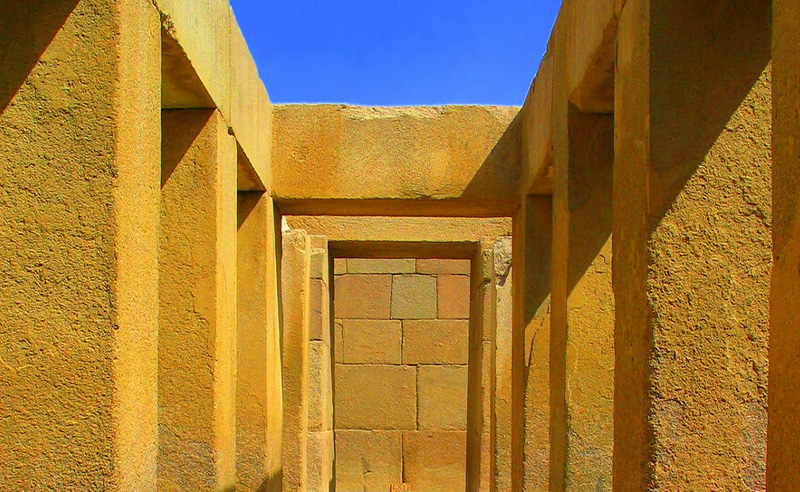
Research at Giza: Extensive investigations at Giza have focused on a western Nile branch along the Libeini course, which fed the harbours of the Khufu, Khafre, and Menkaure pyramids. Despite the significance of these findings, this research is notably absent from the Ghoniem et al. 2024 article.
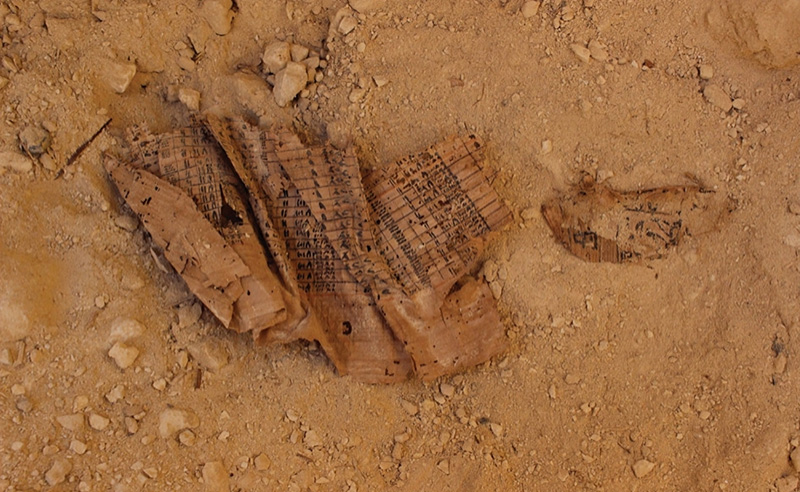
Wadi el-Jarf Papyri Overlooked: The 2013 discovery of the Wadi el-Jarf Papyri, which include the journal of Merer documenting the transport of limestone by boat from Tura to Giza, is ignored in Ghoniem et al. 2024. Pierre Tallet, the discoverer, linked these routes to a western Nile branch, providing crucial insights that were missed by the authors.

Trending This Week
-
Dec 27, 2025



























